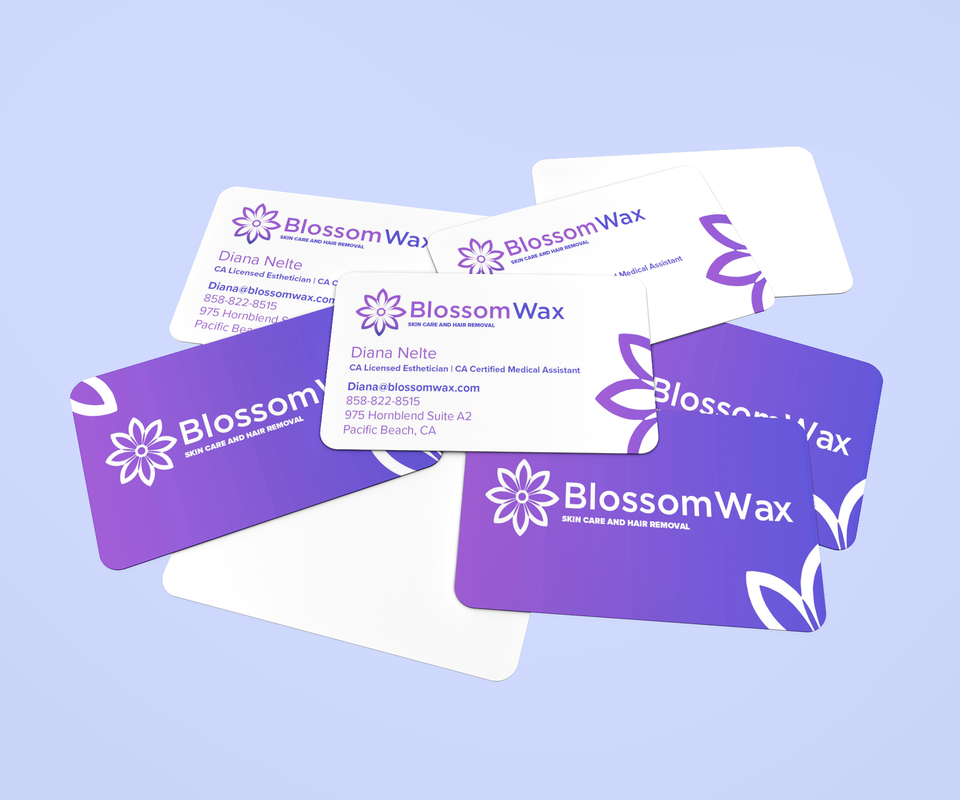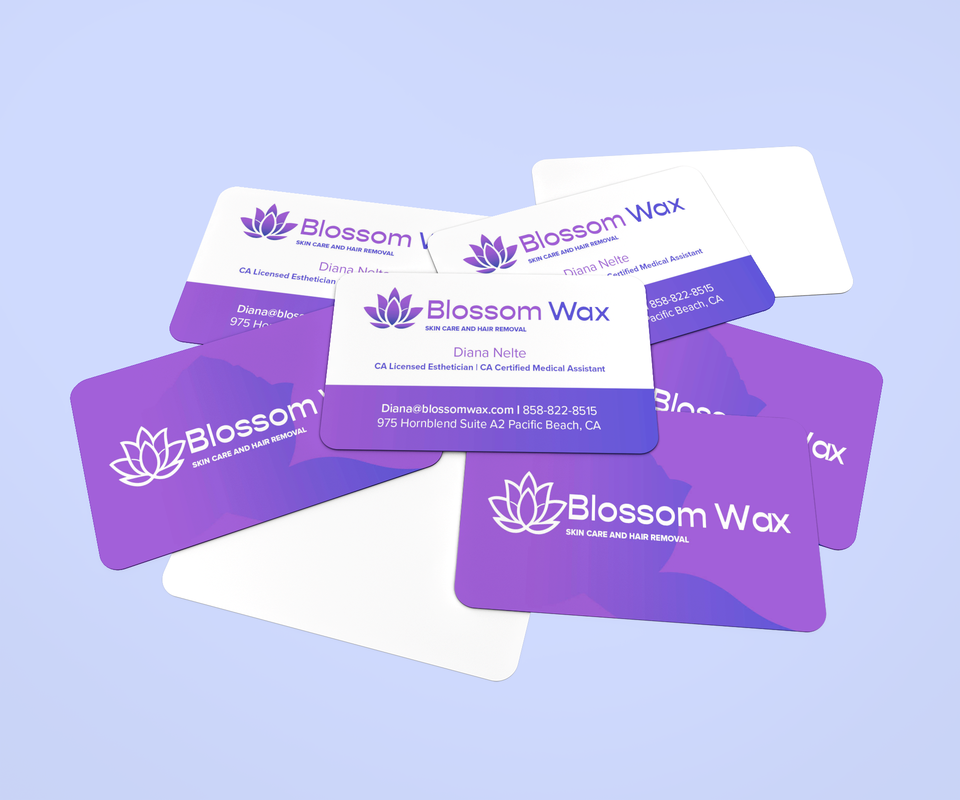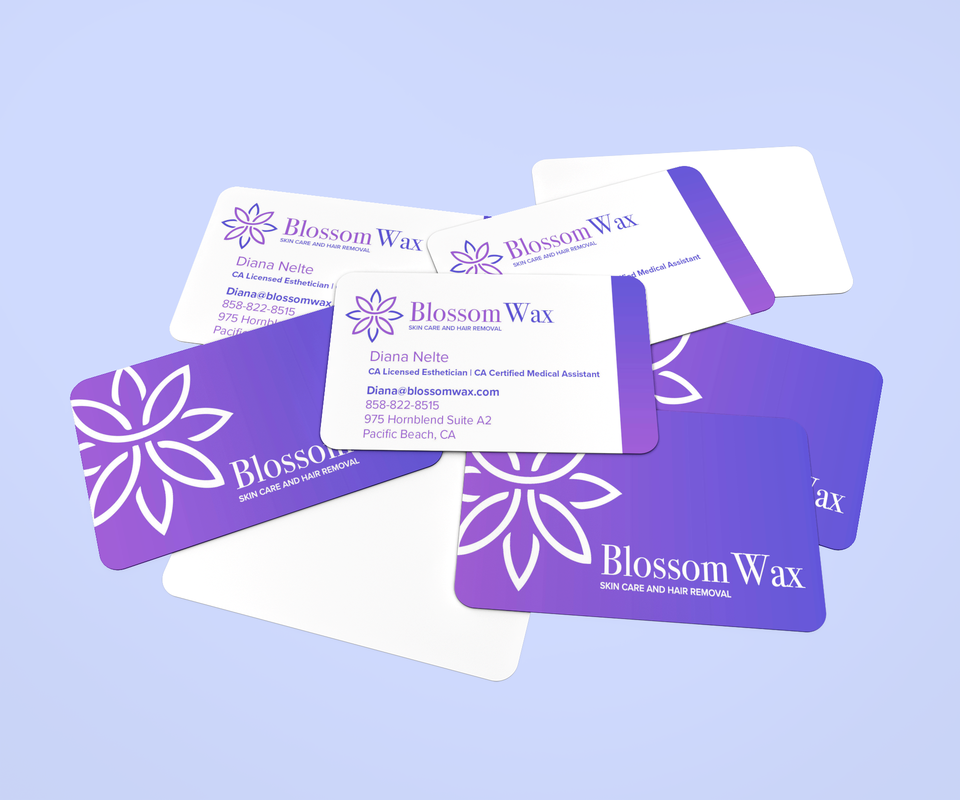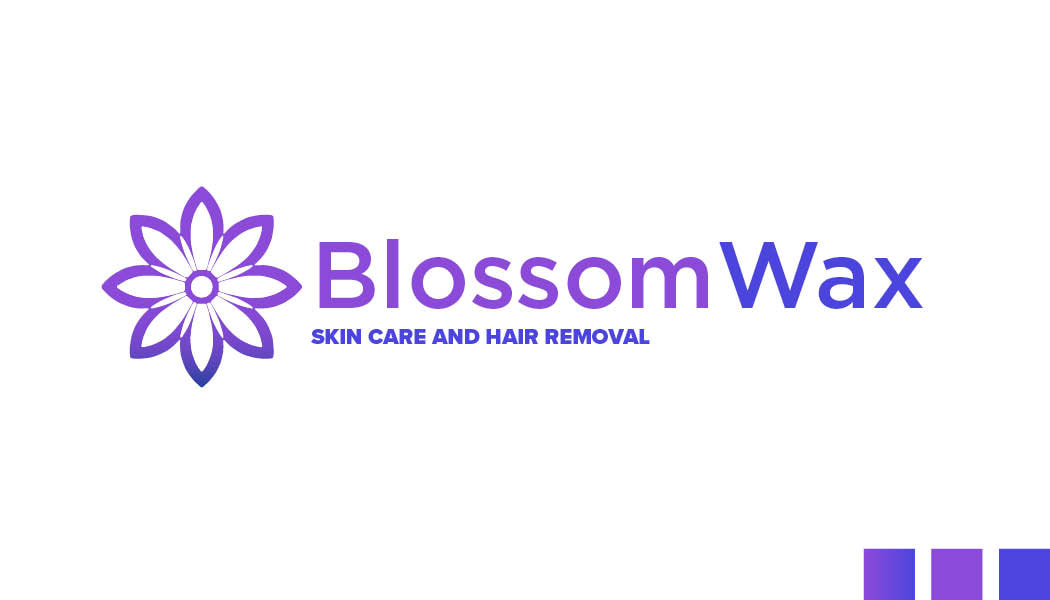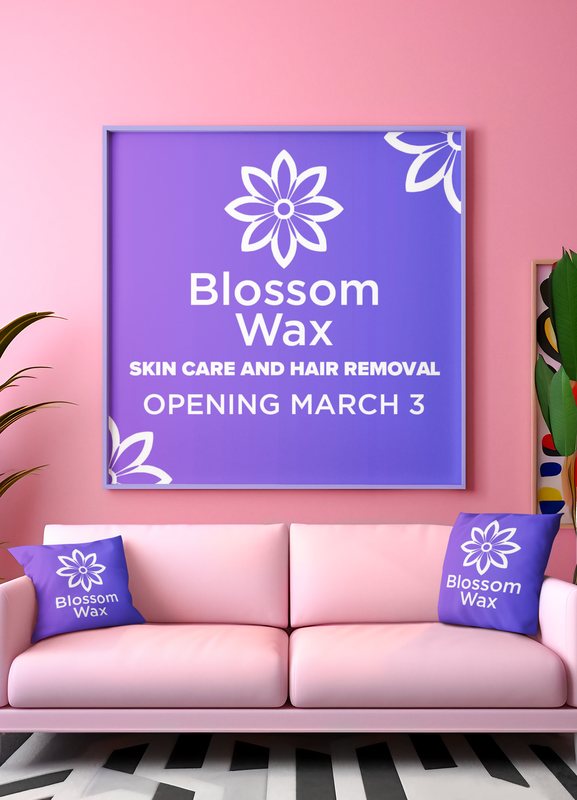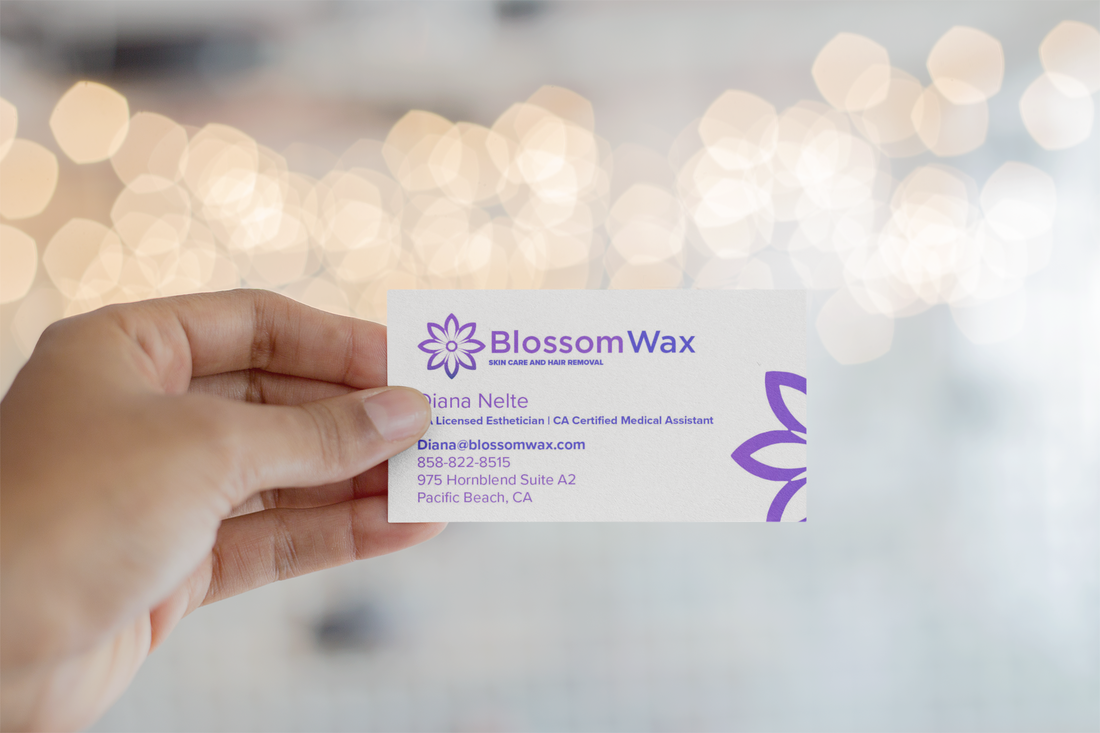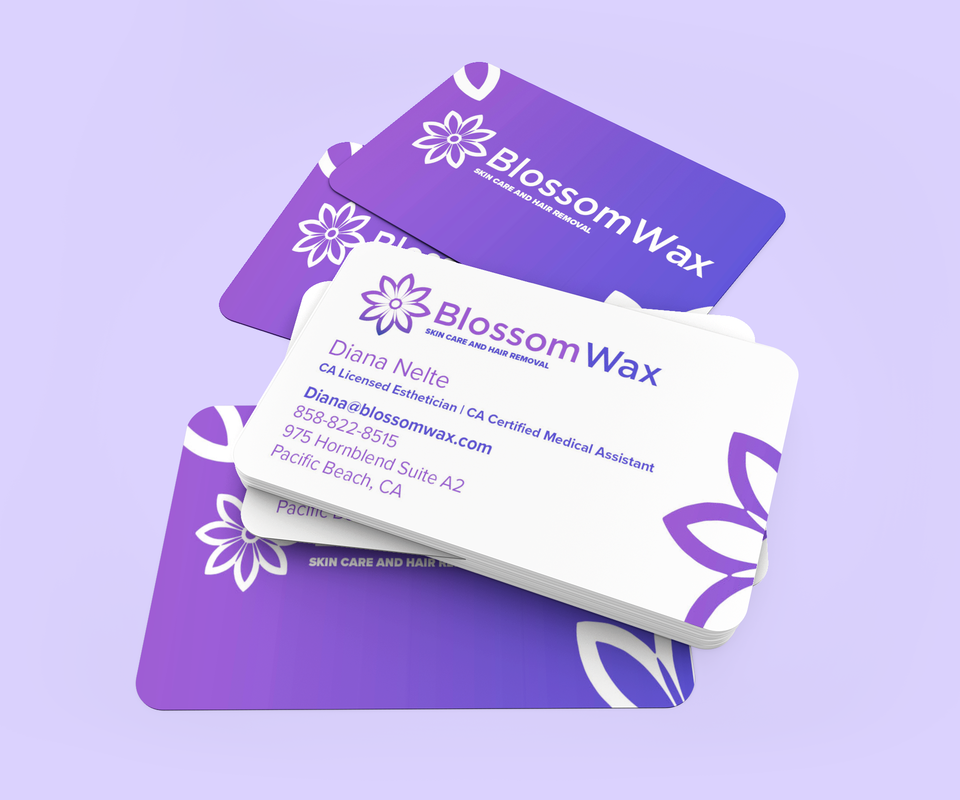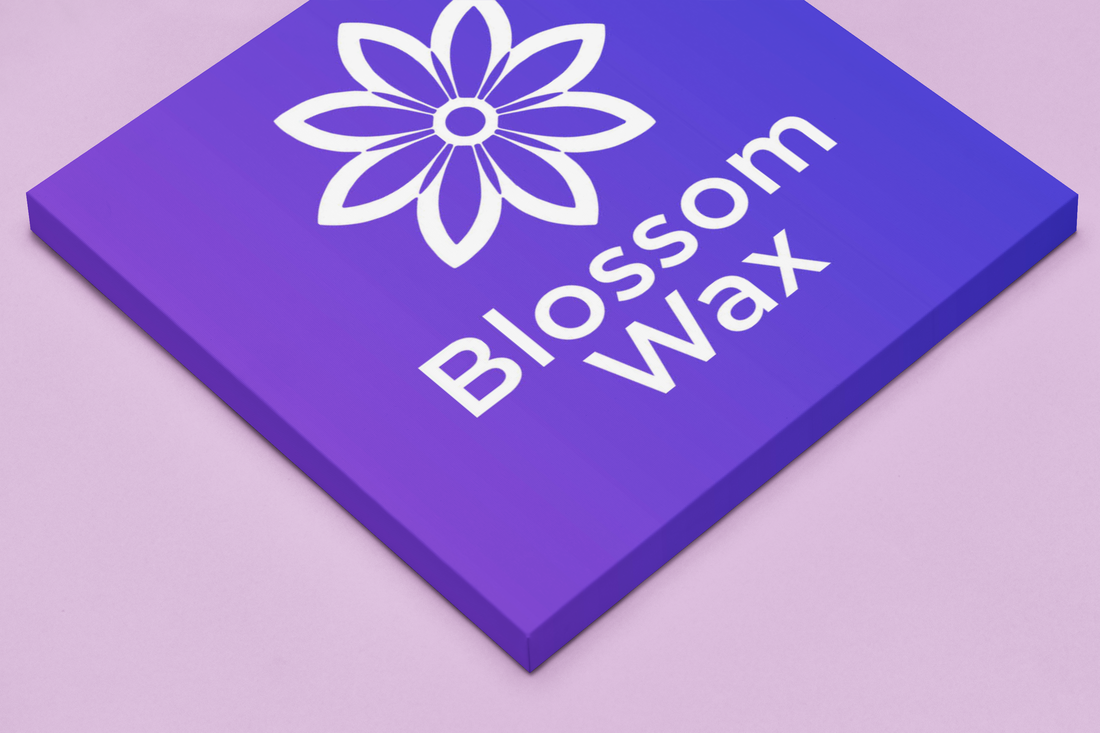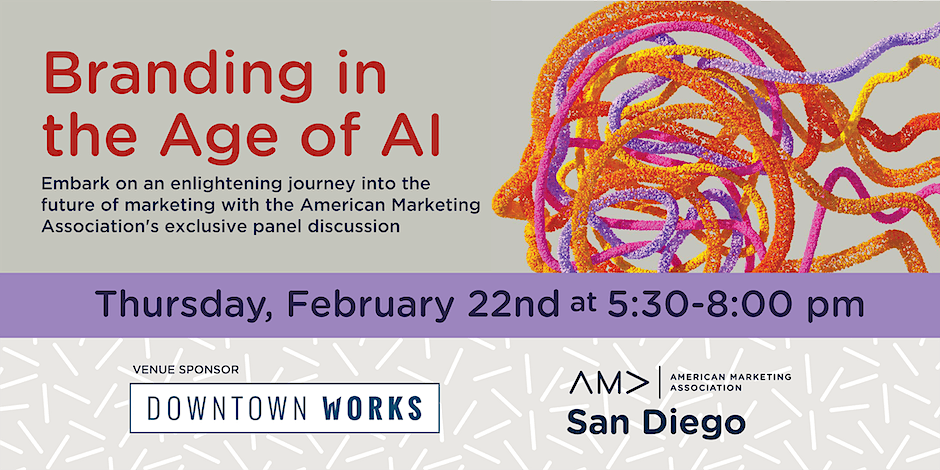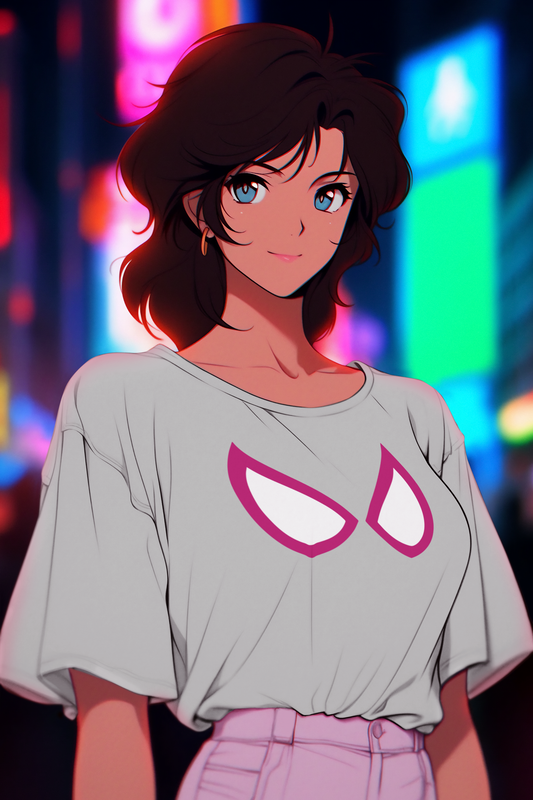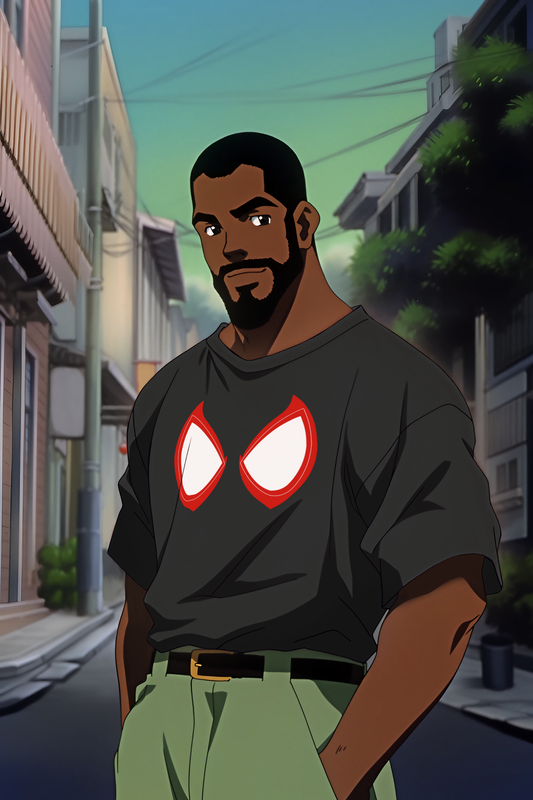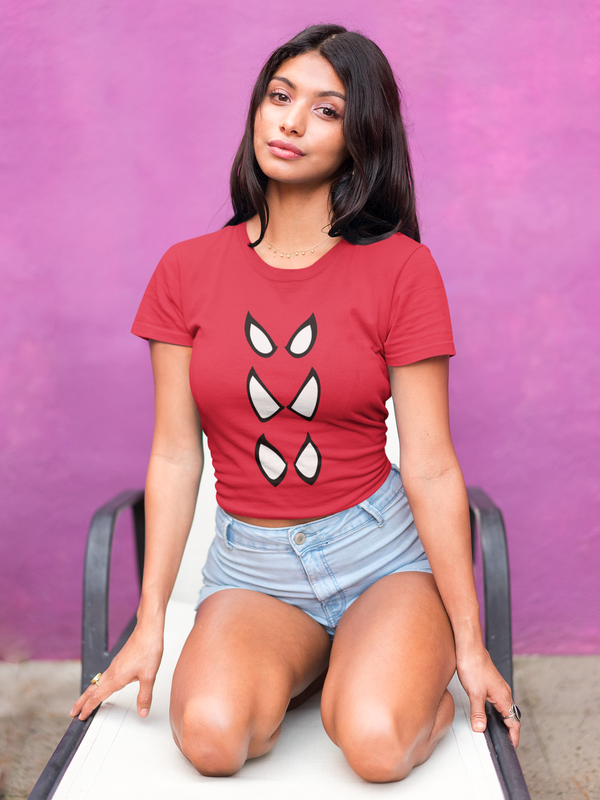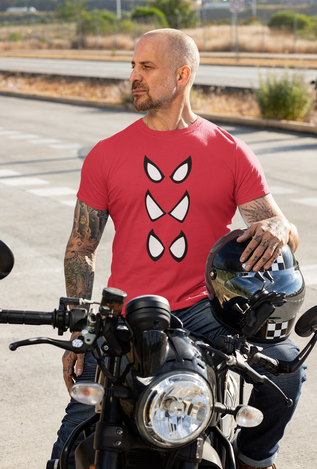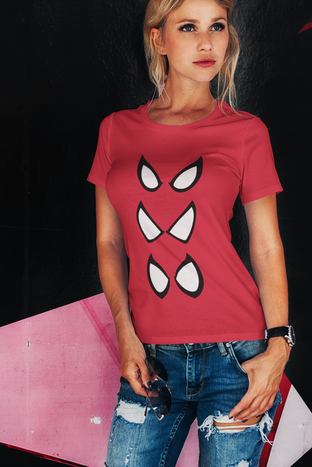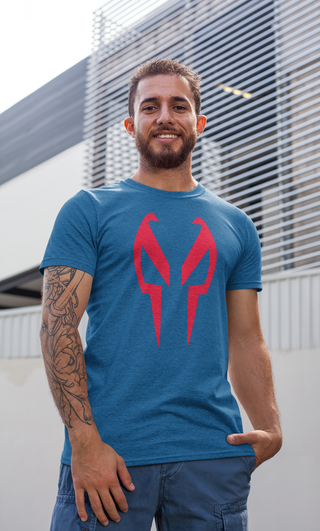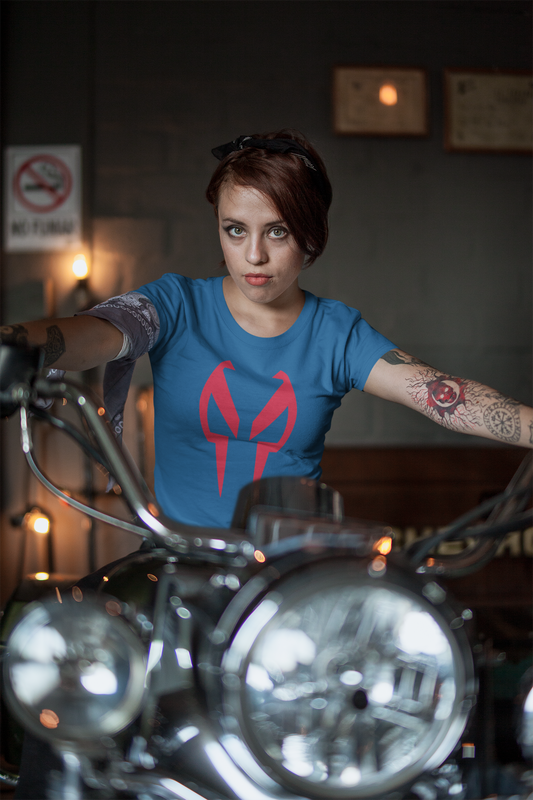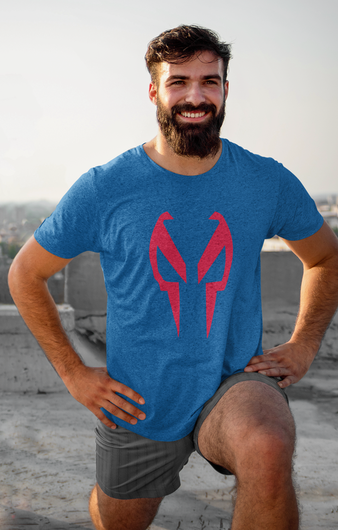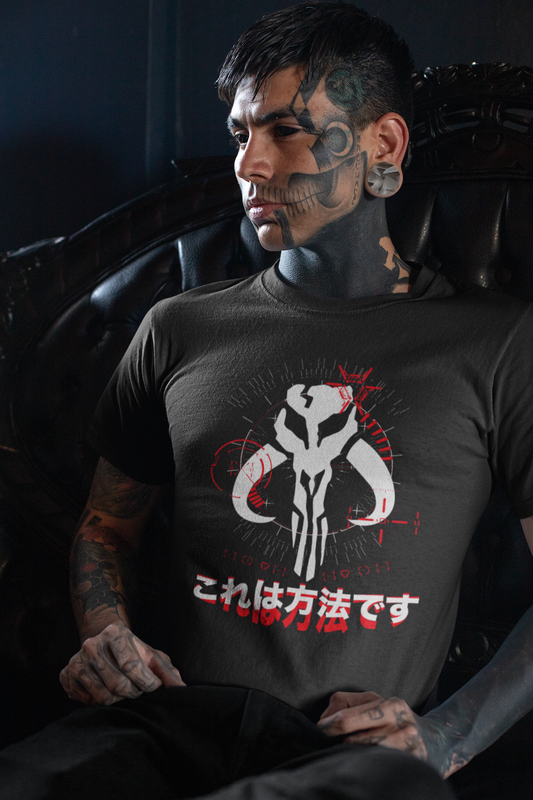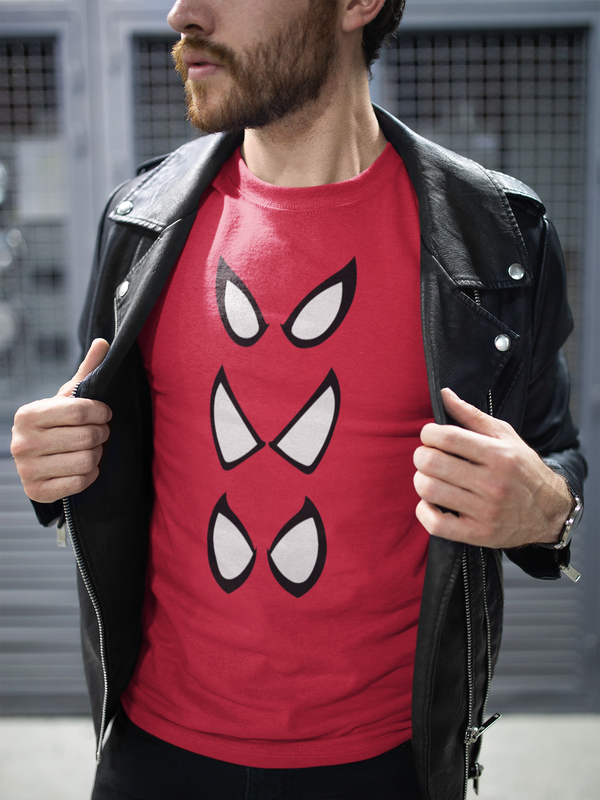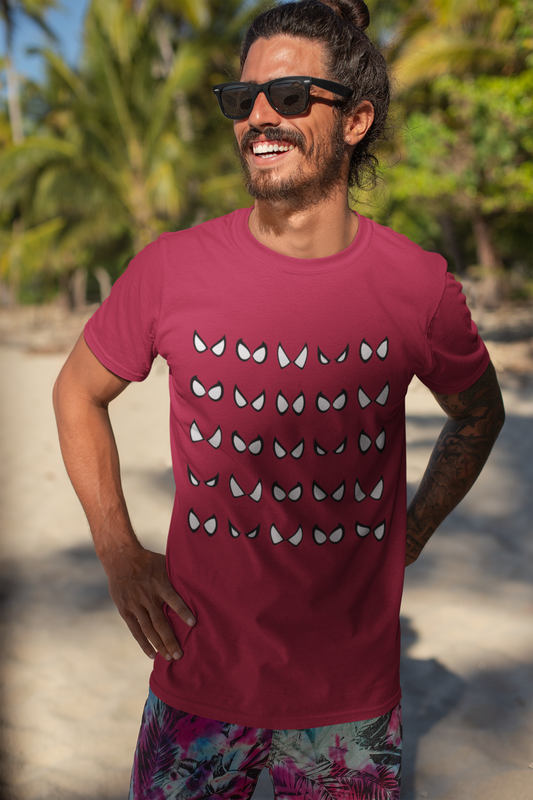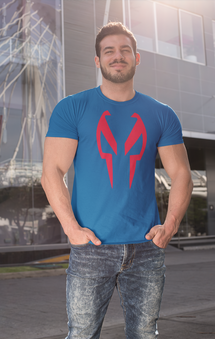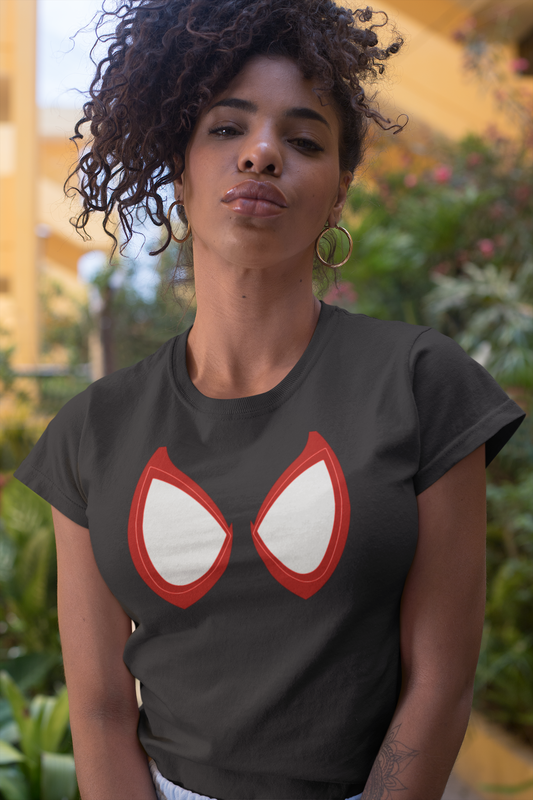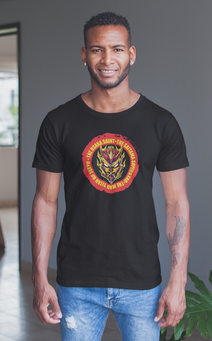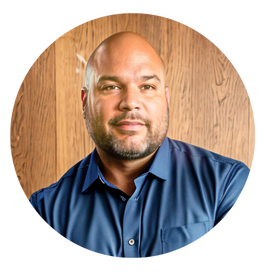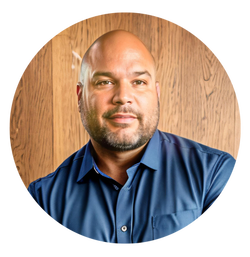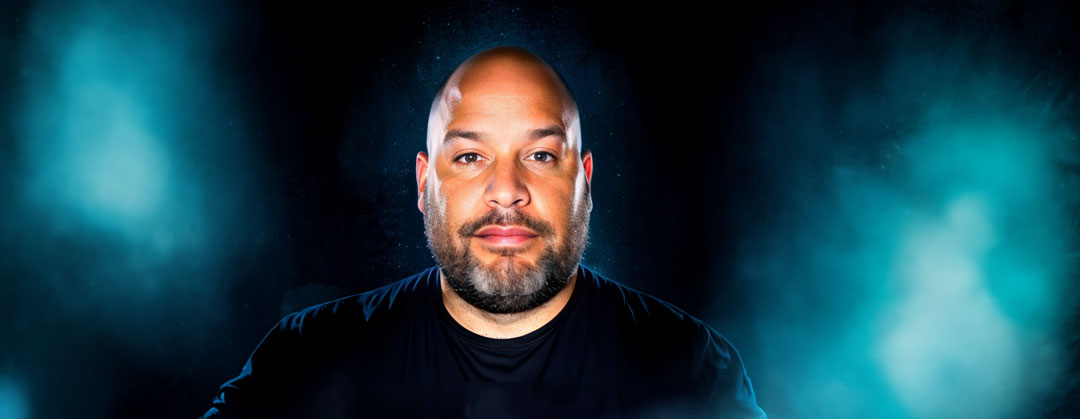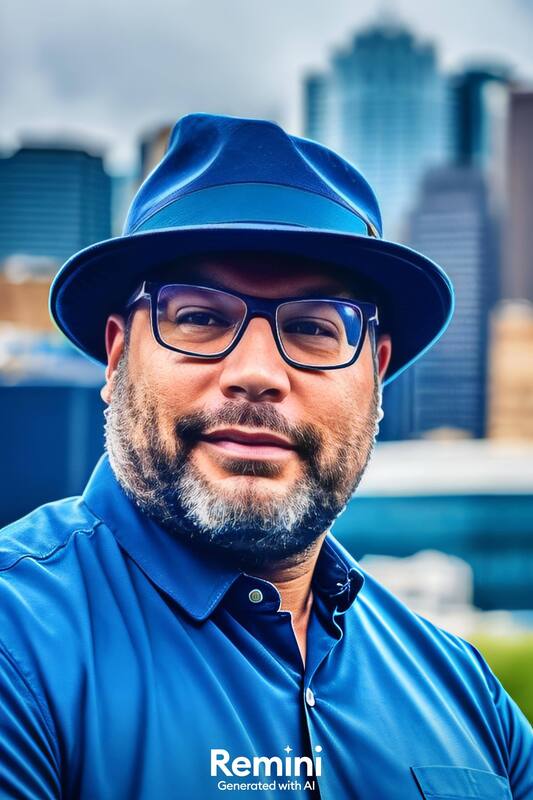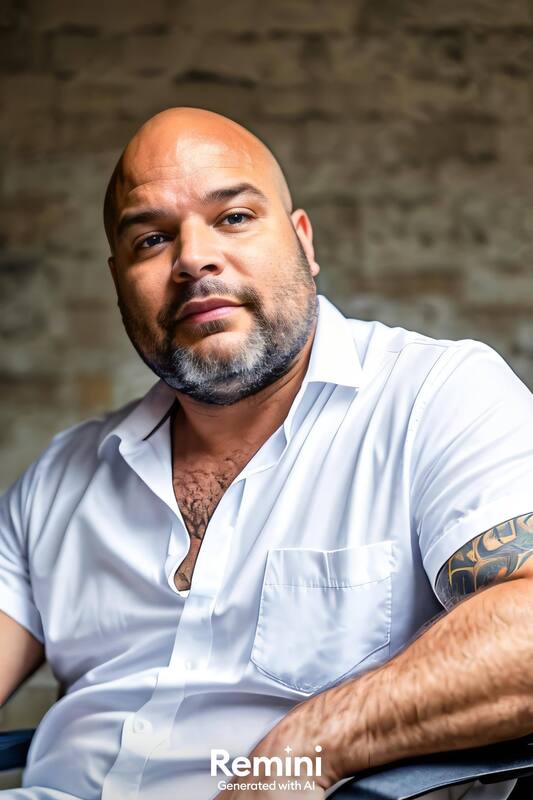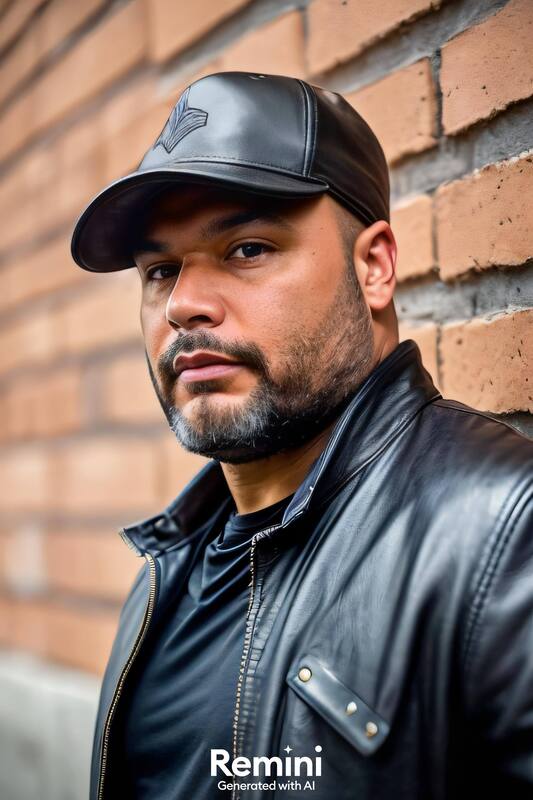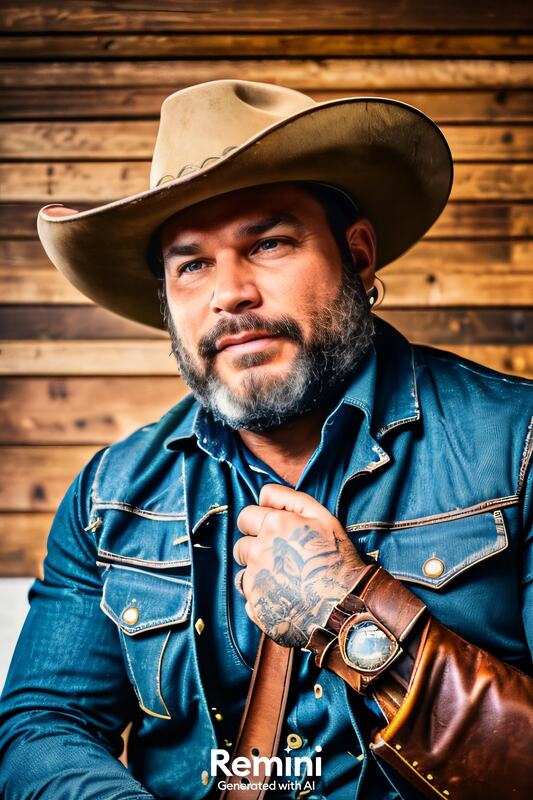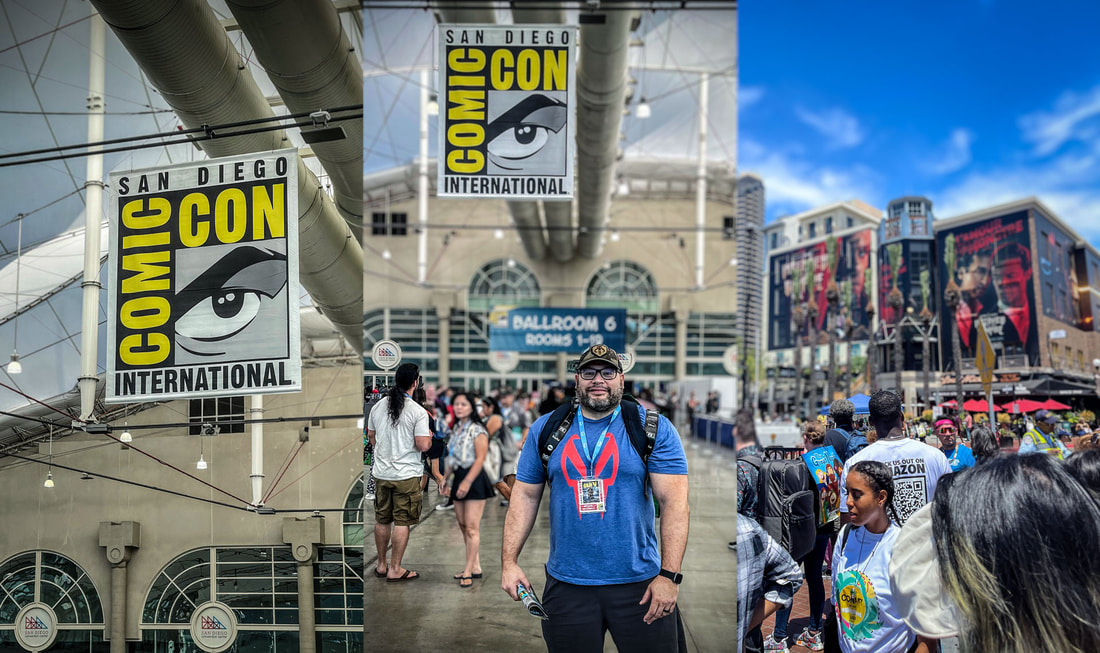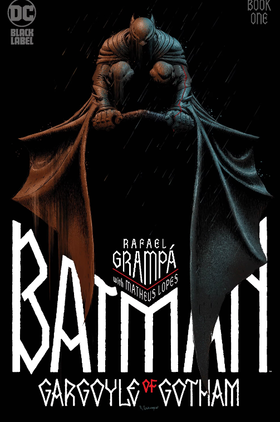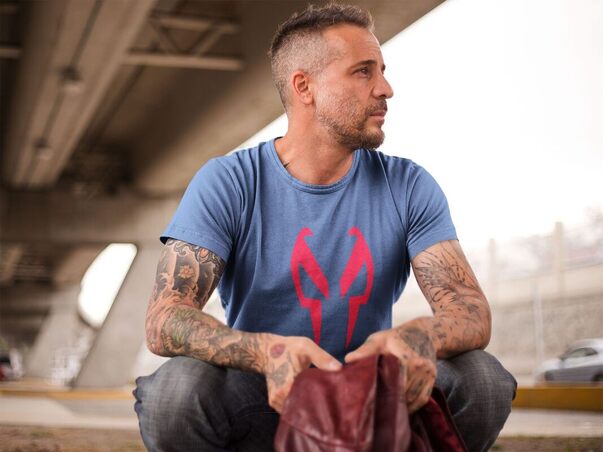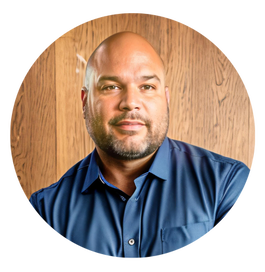|
Case Study // Blossom Wax Welcome to the visual journey of BlossomWax, where the essence of beauty and self-care is encapsulated in every curve and hue of our brand identity. As the lead graphic designer behind this vibrant project, I'm thrilled to share the creative process that brought the BlossomWax vision to life In the realm of skin care and hair removal, where every touch and detail matters, our mission was to craft a logo that not only stands out in a saturated market but also resonates with the delicate nature of our services. The BlossomWax logo is a testament to the harmony between aesthetics and functionality, a visual symphony that speaks to the soul of our brand. Join us as we delve into the intricacies of design thinking, color psychology, and the strategic choices that culminate in the creation of a brand identity that is not just seen but felt. From the initial sketches to the final flourish, every element of the BlossomWax logo is imbued with intention, serving as a beacon of tranquility and beauty in the bustling landscape of daily life. Final Design Design Break Down
Color Scheme:
0 Comments
Are you ready to embark on a wild ride through the quirky world of branding, artificial intelligence (AI), and creativity? Buckle up because we're about to take you on a rollercoaster journey at the upcoming event, "Branding in the Age of AI." We'll be virtually gathering to unravel the mysteries of how AI is reshaping the branding landscape. From predictive analytics to personalized experiences, AI is like the fairy godmother of branding, granting wishes and making dreams come true (well, almost).
But before we dive into the serious stuff, let's take a moment to appreciate the unexpected wisdom of Jack Reacher. Yes, you heard that right. The man with the plan, the legend himself. In our recent blog post on [Your Company's Blog Name], titled "What Graphic Designers Can Learn from Jack Reacher," we uncovered some surprising parallels between Reacher's no-nonsense approach and the principles of effective graphic design. Who knew a fictional tough guy could teach us so much about branding? Now, let's sprinkle in a bit of humor as we extend our analogy to the realm of branding and AI. Picture this: Jack Reacher strutting through a crowded marketplace, armed with nothing but his wits and a smartphone loaded with AI-powered branding tools. As he navigates through the chaos, he's making split-second decisions, just like brands do when leveraging AI to stay ahead of the competition.
But wait, there's more! The fun doesn't stop there. In another blog post on [Your Company's Blog Name], titled "AI Art: The Intersection of Creativity and Technology," we explored how AI is reshaping the landscape of artistic expression. It's like having a robot Picasso painting masterpieces while you sip your morning coffee. Who knew robots had such a knack for art? And let's not forget about Adobe Photoshop Beta, the superhero of design software. In our blog post titled "Harnessing the Power of AI in Adobe Photoshop Beta: A Marvel for Design Heroes," we uncovered how AI-driven features can turn even the most amateur designer into a design superhero. Move over, Iron Man. There's a new hero in town, and it's AI-powered Photoshop. As we prepare to dive headfirst into these topics at the "Branding in the Age of AI" event, we invite you to join us for a wild ride filled with laughter, insights, and maybe even a few surprises along the way. Don't miss out on the chance to learn, laugh, and connect with industry leaders who are shaping the future of branding in the digital age. So grab your virtual ticket, put on your best poker face (or your best Jack Reacher scowl), and get ready for an adventure like no other. We'll see you there! As I've been binge-watching the captivating "Reacher" series on Amazon, I couldn't help but draw parallels between the intriguing world of Jack Reacher and the creative field of graphic design. At first glance, the character from Lee Child's novels might seem like a far cry from the digital canvas of a designer. However, the more I watched, the more I realized that Reacher's unique skill set and approach to problem-solving offer some surprisingly relevant lessons for graphic designers. In this witty and insightful blog, let’s explore how the traits of this beloved fictional detective can inspire and guide graphic designers in their craft. 1. Meticulous Attention to Detail Just like Jack Reacher's eagle-eyed attention to detail helps him crack cases, graphic designers can benefit from a similar focus. It's often the little things – a pixel here, a shade there – that elevate good design to great. Embrace your inner detective and scrutinize every element; your designs will thank you for it. 2. Adaptability and Problem-Solving Reacher's life is a rollercoaster of unexpected turns, much like the design world. He adapts and thrives, showcasing the art of improvisation. As designers, the ability to pivot and solve problems creatively isn’t just a skill – it’s a superpower in the fast-evolving digital landscape. 3. The Art of Minimalism and Simplicity Jack Reacher carries only the essentials, and there's a lesson here about the power of minimalism. In design, less is often more. Stripping your work down to its bare essentials can lead to a more potent and impactful message. 4. Keen Observational Skills Reacher's sharp observational skills are legendary. For graphic designers, a similar attentiveness to emerging trends, client feedback, and subtle design elements can lead to work that's not only visually stunning but also strategically sound. 5. Decisiveness and Confidence Just as Reacher confidently navigates through chaos, a graphic designer must trust their instincts. Decisive and bold choices often lead to groundbreaking designs. Believe in your creative vision! 6. Resourcefulness in Design Resourcefulness is Reacher’s middle name. He uses whatever is at hand to get out of tight spots. Similarly, a resourceful designer can work wonders with limited tools or under tight constraints, turning challenges into opportunities. 7. Persistence and Resilience Reacher’s dogged persistence is a trait every designer should emulate. In an industry where revisions and rejections are part of the process, resilience becomes key to success. 8. Strategic Thinking Planning several steps ahead is standard for Reacher. Apply this to design: think about the long-term impact of your work, anticipate trends, and strategize to ensure that your designs not only look good but also achieve their intended purpose. 9. Empathy and Understanding Your Audience Despite his tough exterior, Reacher often displays a deep understanding of human nature. As a designer, empathy towards your audience is crucial. Understanding their needs and emotions can lead to designs that resonate on a deeper level. Great news from Astrobrand Media! We're thrilled to unveil our exclusive t-shirt collection at Cotton Bureau, known for its high-quality, crowd-sourced apparel. Our designs, a testament to creativity and style, reflect Astrobrand Media's ethos of blending design and innovation. Our bestseller, the SPIDER-MEN // SPIDER-VERSE & 2099 VIBES TEE, embodies our unique, eye-catching aesthetics. Our collection offers more than just garments; it's a fusion of comfort, quality, and exclusivity. Join a community celebrating individuality and innovative design with our t-shirts. Discover our collection at Astrobrand Media on Cotton Bureau and elevate your fashion experience. The SPIDER-MEN // SPIDER-VERSE TEE, available in a striking vintage red tri-blend, captures the essence of the beloved Spider-Verse with its dynamic and detailed design. It's a must-have for fans, blending style with the spirit of the Spider-Man legacy. Equally captivating is our 2099 VIBES TEE, presented in a vibrant vintage royal tri-blend. This design pays homage to the futuristic world of Spider-Man 2099, offering a unique blend of contemporary style and comic book nostalgia. Cotton Bureau, located in Pittsburgh, PA, simplifies merchandise selling for designers and communities. It's a curated online community offering high-quality tees, hoodies, and more, handling the selling, printing, and customer service, so designers don't have to. Over the years, it has become a prominent platform for designers to reach a global audience with their unique and creative merchandise Astrobrand Media's product line on Cotton Bureau features an exciting collection of creatively designed t-shirts. Each piece showcases unique artwork, blending imaginative designs with contemporary style. Our bestseller, the SPIDER-MEN // SPIDER-VERSE & 2099 VIBES TEE, is a fan favorite, capturing the essence of iconic comic book characters with a modern twist. Explore our collection for high-quality, stylish t-shirts that make a statement.
A Journey Through Rick Rubin’s 'The Creative Act' Dive into the world of creativity with our in-depth exploration of Rick Rubin's "The Creative Act: A Way of Being." This book, filled with 78 insightful musings, offers a unique perspective on creativity, artistic expression, and the essence of being an artist. Perfect for creators, artists, and anyone seeking to unlock their creative potential.
The Essence of Creativity: Rubin challenges the myth that creativity is a rare gift, proposing instead that it is an innate human quality. He invites readers to adopt an artist's perspective in their daily lives, emphasizing deep observation and engagement with the world. This transformative view encourages finding artistic inspiration in everyday experiences, making creativity a part of one's fundamental way of interacting with the world. Exploring the Creative Process: Rubin takes readers on a deep dive into the creative process, illustrating that every idea has its moment and that the act of creation is about more than commercial success. He draws parallels between the complexity of nature and the human inner world, encouraging artists to draw inspiration from their rich internal landscapes. Guiding Principles for Artists: Rubin offers invaluable guidance for artists, emphasizing the importance of following one's intuition over external advice. He discusses strategies for overcoming creative blocks and stresses the importance of free play in creativity, suggesting that embracing one's flaws and insecurities can lead to more authentic and resonant work. Phases of Creative Work: Rubin breaks down the creative journey into four distinct phases: collecting ideas, experimenting, refining, and completing. He provides insights into navigating each stage, focusing on the value of internal success and authenticity over external recognition and acclaim. Concluding with the transformative impact of "The Creative Act: A Way of Being," Rubin's book emerges as an essential guide for anyone seeking to understand and nurture their creative potential. It's a manifesto for authenticity, intuition, and personal growth in the artistic journey Insights and Stories from Graphic Designers Introduction Imposter syndrome, that nagging feeling of self-doubt and inadequacy despite evident success, is a common experience among creative professionals, particularly graphic designers. In this blog, we peel back the layers of this phenomenon, sharing personal stories and coping strategies from our own team of graphic designers. We also delve into how Brené Brown's "Dare to Lead" workshop has played a crucial role in our team's development and approach to overcoming these challenging feelings. Understanding Imposter Syndrome in Graphic Design Imposter syndrome often haunts the brightest minds, especially in creative fields like graphic design. It's that inner voice that undermines your accomplishments, convincing you that you're not as talented or competent as others perceive you to be. For graphic designers, whose work is continually under scrutiny and subject to subjective evaluation, this can be a recurring challenge, leading to unnecessary stress and hindered creativity. Our Team's Journey with Imposter Syndrome Our team is no stranger to imposter syndrome. Each member, at one point or another, has grappled with these feelings. But it's through open dialogue, shared experiences, and targeted workshops like Brené Brown's "Dare to Lead" that we've begun to find our footing. This journey hasn't been easy, but it's been incredibly rewarding, fostering a deeper sense of trust and camaraderie among us. Nightmare Stories from Past Jobs We've all had those jobs that felt more like nightmares - projects that went sideways, clients who were impossible to please, or creative ideas that just didn't pan out. Sharing these experiences within our team has been cathartic and enlightening. It's in understanding that even the worst experiences are learning opportunities that we've found strength and resilience as designers.
Growth Through 'Dare to Lead' Participating in Brené Brown's "Dare to Lead" workshop was transformative for our graphic design team. It taught us the value of vulnerability, showing us how embracing our uncertainties and imperfections can drive creativity and innovation. This new perspective encouraged open sharing of challenges, fostering a risk-taking culture essential for groundbreaking design work. Moreover, the workshop underscored the importance of empathetic leadership. As a team, we learned to appreciate each member's unique contributions, creating a supportive environment that values diverse perspectives. This approach not only improved our individual self-esteem but also strengthened our collaboration, making us more cohesive and adaptable to the dynamic nature of graphic design. The principles of "Dare to Lead" significantly enhanced our team dynamics. Embracing vulnerability and leading with empathy helped build a foundation of trust, crucial for effective collaboration. Our team became more open to sharing and building on each other's ideas, leading to a more creative and productive workspace. This journey through Brené Brown's teachings showed us that true leadership in design is about more than technical skills; it's about the courage to be authentic, show up fully, and lead with heart, fostering a team environment where everyone feels valued and understood. Strategies to Overcome Imposter Syndrome Over time, we've developed several strategies to combat imposter syndrome: acknowledging and sharing our feelings, celebrating small wins, seeking feedback, and reframing our mindset about mistakes and failures. Each team member has their unique approach, but the common thread is the support and understanding we offer each other. Conclusion Imposter syndrome in graphic design is a shared struggle, but it's not insurmountable. We hope our stories and strategies offer you comfort and guidance. Remember, even the most successful designers have faced these same challenges. If our experiences resonate with you or you have your own stories and strategies to share, we'd love to hear from you in the comments below. And for more insights into graphic design, creativity, and personal growth, don't forget to subscribe to our blog. DALL·E Outtakes Disclaimer: Please note that the images and some of the content in this blog were generated with the assistance of artificial intelligence (AI). While we strive for accuracy and authenticity in our content, the AI-generated sections are based on the parameters and data available to the AI tools used. We believe in transparency and want to ensure our readers are fully informed about the methods behind our content creation.
Drawing Inspiration from David Goggins' 'Can't Hurt Me' for Creative Resilience David Goggins, a renowned ultramarathon runner, triathlete, and retired Navy SEAL, has become a symbol of resilience, mental toughness, and unyielding determination. His autobiography, "Can't Hurt Me," is more than just an inspiring tale of physical endurance; it's a roadmap for anyone looking to push past their limits and conquer their dreams. For designers and creative professionals, Goggins' philosophy and experiences can be a transformative guide. His principles, ranging from embracing challenges to nurturing a relentless commitment to excellence, resonate deeply within the design world, offering valuable insights for personal and professional growth. In this piece, we'll explore how Goggins' writings and life lessons can empower designers to tackle their challenges with courage and innovation.
"Can't Hurt Me" by David Goggins is more than just a memoir; it's a manual for mental resilience and toughness that has surprising resonance within the design profession. In the book, Goggins shares his life journey, one filled with hardship, struggle, and ultimately triumph. His principles can be applied directly to the world of design, where the grind is relentless, and attention to detail is key. From the ideation stage to the final rendering, designers must push through obstacles and never settle for mediocrity, much like Goggins' rigorous military training. His theory that most people only tap into 40% of their potential is a challenge for designers to break through self-imposed limits, accessing the untapped 60% to create innovative and impactful designs. Building a resilient mind helps face criticism and failure; in design, rejection and revision are part of the process, and learning to accept and grow from them makes the end product more robust and refined. Holding oneself accountable through setting clear goals and meeting deadlines is paramount in achieving success, and visualizing the successful completion of a design project can be a powerful motivator. Goggins often took the road less traveled to reach his goals, and in design, thinking outside the box and exploring unconventional methods can lead to groundbreaking work. "Can't Hurt Me" provides a robust framework for anyone seeking to elevate their life, and these principles resonate profoundly within the design profession. By adopting Goggins' mindset, designers can build resilience, innovate, and create without fear of failure or rejection. It's a call to action for all creatives to strive for excellence, no matter the hurdles in the path. In embracing the lessons of "Can't Hurt Me," designers find a powerful ally in the quest for creative excellence. The tenacity, resilience, and unbreakable spirit championed by Goggins resonate deeply with the challenges and triumphs inherent in the design process. By applying his philosophy to their craft, designers can transcend ordinary boundaries, face adversity with courage, and transform obstacles into opportunities for growth. David Goggins' story is a testament to what can be achieved with unwavering focus and determination, values that can inspire designers to reach beyond the expected and create works that are not only visually compelling but emotionally resonant. His mindset becomes a tool, a guide, and a constant reminder that in the realm of creativity, just as in life, one's true potential is bound only by the limits they set for themselves.
In the age of instant communication and remote work, the line between work life and personal life has become increasingly blurred. As someone who works from home, I have firsthand experience of this delicate balance. The ease of sending an email at any time means that our inboxes are never really off-limits, even during the weekend. Recently, I stumbled upon a note suggesting that an email sent on Sunday is more likely to be read. While this might be true, it raises a crucial question: Should we be imposing on our employees' time off, particularly when many of us are working from home? Work-Life Balance in a 24/7 World The concept of work-life balance is more relevant now than ever. Working from home has its advantages, but it's easy to slip into a pattern where work invades our personal lives. A Sunday email might seem harmless, but it can be a subtle reminder that work is always lurking, waiting to infringe on our time with family or self-care. Setting Clear Boundaries Setting clear boundaries and expectations regarding communication outside of working hours is crucial, especially for those of us working from home. While some employees might not mind the occasional weekend email, others may feel an undue pressure to respond, leading to stress and burnout. Employers and managers can take the lead by setting guidelines on when it's appropriate to send emails and communicate outside of typical working hours. Encouraging a culture where personal time is respected can lead to happier, more balanced employees. A Personal Perspective As someone who values the distinction between work and personal life and works from the comfort of my home, I believe that we must be mindful of our communication habits. A well-timed email can wait until Monday morning. What's urgent to us might not be urgent to the receiver, and respecting that boundary is a sign of a healthy work environment. Conclusion Respecting employees' time off isn't just about being courteous; it's about fostering a healthy work culture where individuals can thrive without feeling pressured. Working from home offers us the convenience to send emails at any time, but it also demands a new level of respect for personal boundaries. It's time to rethink our habits and consider the impact of that Sunday email. Next time you're tempted to hit 'send' on a weekend, pause and ask yourself if it can wait. In a world striving for balance, sometimes the most powerful thing we can do is respect one another's time.
Introduction to AI Art Are you intrigued by the combination of AI and art? You're not alone. AI art, or artificial intelligence art, is transforming how we create and perceive art. What is AI Art? AI art, also known as algorithmic art, employs machine learning and algorithms to generate visual masterpieces. Here's how it works: The Process of Creating AI Art
The Impact of AI Art Democratizing Creativity With AI art tools, digital art creation is accessible to everyone. A New Artistic Medium For professional artists, AI introduces a fresh, innovative medium. Ethical Considerations The ownership and authenticity of AI-generated art raise exciting debates. My Experience with AI Art: Photoshop's Beta Gen Fill and AI Remini App As someone deeply engaged in the world of design, I've had the unique opportunity to experiment with cutting-edge AI tools. Two tools that have particularly caught my attention are Photoshop's beta gen fill and the AI Remini app. Photoshop's Beta Gen Fill: A Game Changer Photoshop's beta gen fill is an innovative feature that leverages AI to enhance creativity. I've found it to be an incredibly powerful tool that allows for intricate manipulations and refinements in my designs. By enabling a seamless blend of human creativity and AI's computational prowess, it's opened new horizons in my work. AI Remini App: Recreating Memories I've also explored the AI Remini app, a brilliant tool that turns low-resolution images into high-quality photos. By using this app, I've been able to breathe new life into old memories, transforming them into stunning visual experiences. The ease of use and quality of output have been nothing short of astonishing. These tools are more than just technological advancements; they represent a shift in the way we think about and create art. For professionals like me, they offer endless possibilities to innovate and redefine the boundaries of creativity. I used this prompted generated by Chat GPT to create this image in Photoshop Beta: Create a dynamic and visually striking representation of the future of AI art. The piece must resonate with the cutting-edge nature of AI's impact on the artistic world, weaving together hyper-realism, abstract technological elements, and vibrant colors. The Future of AI Art - A Symphony of Hyper-Realism, Abstract Technology, and Vibrant Creativity Breakdown:
Final Note: This creation will not only be an artistic piece but a statement on how AI is revolutionizing art. It should inspire artists to explore new territories, embrace cutting-edge tools, and challenge conventional creative paradigms. AI art is reshaping the art world. Its intersection with creativity offers a fascinating look into art's future. Want to join the conversation about artificial intelligence in art? Share your thoughts below.
Drawing Inspiration from Comic-Con San Diego 2023 Greetings from the veritable Valhalla of pop culture – Comic-Con San Diego 2023! More than a convention, this is a dimension where creativity takes on a colorful, spandex-clad life of its own. As a Creative Director who’s drawn inspiration from the glossy pages of comic books for over a decade, these annual gatherings feel like a pilgrimage. This year’s Comic-Con proved to be no different, offering a myriad of panels, workshops, and sessions that fueled my creative spark.
Beyond the insightful panels and intriguing discussions, Comic-Con is a veritable treasure trove for fans and collectors alike. It's in the bustling exhibit halls and the vibrant artist alleys that you encounter the heart of the Con - the hunt for those unique pieces of memorabilia, the limited editions, the hidden gems that make your fan heart flutter with a pronounced 'Excelsior!' This year, my treasure hunt led me to two incredible finds that felt like hitting the jackpot in the vibrant universe of comics. First on the list was Rob Liefeld's "Deadpool: Badder Blood". This action-packed adventure takes you on a rollercoaster ride with everyone's favorite wisecracking anti-hero. The artwork is as dynamic and edgy as Deadpool himself, showcasing Liefeld's iconic style that has left a profound mark on the comic book landscape. My second triumph was securing a copy of the emotionally charged "TMNT: The Last Ronin." This deeply resonant tale stands out in the Teenage Mutant Ninja Turtles saga, taking fans on a journey that's as gritty and intense as it is heartrending. It's a brilliant homage to the enduring legacy of the TMNT and a testament to the emotional depth that comics can achieve. Securing these gems amidst the whirlwind excitement of Comic-Con felt like a superhero feat in itself. In the buzzing milieu, each find is a victory, each unique piece a cherished memento of the shared passion for the remarkable world of comics. Now, you might wonder, “What’s the connection between Comic-Con and your life as a Creative Director?” The answer: everything! Here’s how:
To top off the day, my Spiderman 2099 t-shirt design was a real crowd-pleaser, earning nods of approval from fellow attendees. Comic-Con 2023 was a treasure trove of inspiration, a testament to the transformative power of storytelling, and a reminder of why I love my work. In a world of superheroes, isn’t nurturing creativity the greatest superpower? |
Greetings Earthlings, we are your creative partners! Our futuristic designs are light years ahead. Join us on a journey to explore new creative possibilities!

